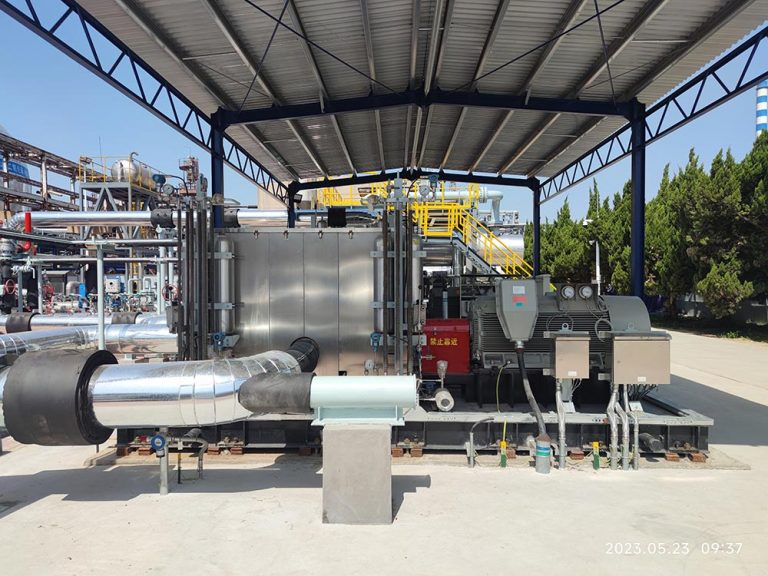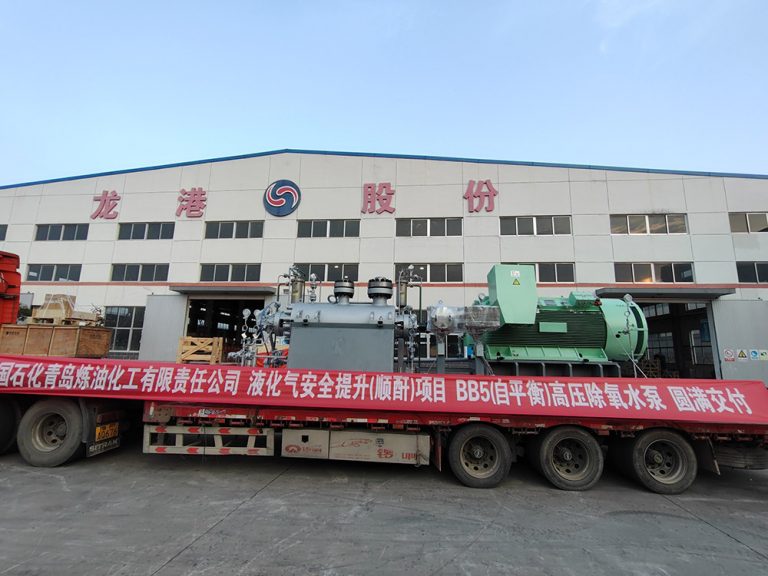
When picking a pump for your industrial task, grasping the distinctions between radial vs axial flow pumps is vital. These two pump styles have unique roles. Choosing the correct one can greatly affect productivity, expense, and output in settings like petrochemical facilities or wastewater handling. In this article, we’ll outline the main differences, perks, and perfect uses for radial and axial flow pumps. This will assist you in making a smart choice for your site.
Understanding Radial and Axial Flow Pumps
Pumps shift liquids. However, their method relies on their structure. Radial vs axial flow pumps describes how liquid leaves the impeller compared to the pump shaft:
- Radial Flow Pumps: Liquid departs at a right angle to the shaft. This suits high-pressure, low-volume situations.
- Axial Flow Pumps: Liquid flows alongside the shaft. This fits high-volume, low-pressure tasks.
This basic contrast defines their effectiveness and fit for diverse industrial jobs. Let’s see how these builds work in practical scenarios.
Key Differences Between Radial and Axial Flow Pumps
Build and Liquid Movement
Radial flow pumps apply spinning force to thrust liquid outward. This raises pressure as it travels through the impeller. Axial flow pumps, often termed propeller pumps, shift liquid along the shaft with an upward push. They favor quantity over force.
| Aspect | Radial Flow Pumps | Axial Flow Pumps |
| Flow Path | Right angle to shaft | Alongside shaft |
| Force | Strong | Weak |
| Volume Rate | Low to average | High |
| Impeller Style | Spinning | Propeller |
Knowing these workings is the initial move to pairing a pump with your job needs.
Advantages of Radial Flow Pumps
Strong Force Output
Radial flow pumps shine in tasks needing hefty force increases. Examples include:
- Boiler supply setups: Sending water at strong force to steam makers.
- Oil and gas processing: Moving hydrocarbons via pipelines.
- Chemical handling: Managing thick or harsh liquids.
Their knack for creating high force makes them key in fields where liquid must overcome opposition. For more on strong-force options, view our radial flow pump offerings.

Small and Flexible Build
Radial pumps are usually smaller than axial types. This makes them simpler to fit into cramped areas. Plus, they offer multi-stage options for even stronger force abilities. This adds flexibility to their purpose.
Advantages of Axial Flow Pumps
High-Quantity Liquid Shift
Axial flow pumps excel in cases requiring vast flow rates with little force rise:
- Watering systems: Shifting big amounts of water over fields.
- Wastewater control: Moving or draining water in treatment sites.
- Sea uses: Cooling setups or ballast water shifts.
Their propeller-style build ensures smooth handling of large liquid amounts. This makes them perfect for low-force tasks.
Power Savings in High-Volume Cases
Since axial pumps target quantity over force, they often use less power in high-volume, low-opposition setups. This thriftiness can yield big savings over time.
Check our axial flow pump solutions for high-quantity needs.

Radial vs Axial Flow Pumps: Which Suits Your Process?
Task-Based Choice
Picking between radial vs axial flow pumps hinges on your exact industrial demands:
- Need Strong Force?Choose radial flow pumps for jobs like chemical dosing or pipeline pushing.
- Need High Quantity?Select axial flow pumps for flood management or cooling water flow.
Field-Specific Cases
- Petrochemical Sites: Radial pumps lead for strong-force refining. Meanwhile, axial pumps manage cooling water.
- Energy Creation: Radial pumps supply boilers. On the other hand, axial pumps handle condenser cooling.
- Mining: Radial pumps shift slurry. Conversely, axial pumps drain sites.
For a closer look at pump uses, see our industrial pump range.
Performance Trade-Offs to Consider
Productivity and Expense
Radial pumps might demand more power in low-volume cases. However, axial pumps may lack productivity under strong-force needs. Starting costs differ too. Radial pumps often cost more upfront due to their intricacy. In contrast, axial pumps are simpler and generally less pricey.
Upkeep and Longevity
- Radial Pumps: More parts (e.g., bearings) mean extra upkeep. Yet, they offer greater toughness under force.
- Axial Pumps: Basic builds cut upkeep needs. Still, they might wear quicker in rough conditions.
Balancing these points ensures you pick a pump that weighs output against lasting worth.
About Yantai Longgang Pump Industry
As a leading radial flow pumps and axial flow pumps China manufacturer, Yantai Longgang Pump Industry Co., Ltd. provides advanced answers for worldwide industrial demands. Based in Yantai, China, the firm focuses on crafting and making centrifugal pumps. These include both radial and axial flow styles, customized for fields like petrochemicals, energy creation, and water control. With cutting-edge production sites and a dedication to excellence, Longgang Pump Industry guarantees every pump meets tough output benchmarks.
Visit our homepage at Yantai Longgang Pump Industry to explore our skills.
FAQs About Radial vs Axial Flow Pumps
Q1. What’s the chief difference between radial vs axial flow pumps?
A1. Radial flow pumps shift liquid at a right angle to the shaft, creating strong force. Meanwhile, axial flow pumps move liquid alongside the shaft, focusing on high flow rates.
Q2. When should I pick a radial flow pump over an axial one?
A2. Choose radial flow pumps when your task needs strong force, like in chemical handling or boiler supply setups, instead of high quantity.
Q3. Are axial flow pumps more power-efficient than radial flow pumps?
A3. Yes, axial flow pumps are often more thrifty in high-volume, low-force tasks. However, radial pumps shine in strong-force cases but might use more power for low-volume jobs.
Q4. Can radial vs axial flow pumps manage harsh liquids?
A4. Both can, based on material picks. Radial pumps are often favored for harsh, strong-force liquids. On the other hand, axial pumps fit gentler, high-quantity liquids.
Find the Perfect Pump for Your Process Today
Choosing between radial vs axial flow pumps needn’t be tricky. Understand your task needs—force, flow rate, and liquid kind. Then, you can pick a pump that lifts productivity and trustworthiness. Whether you want the strong-force might of radial pumps or the high-quantity skill of axial builds, the right answer is close.
Ready to enhance your industrial task? Visit https://www.lg-pumps.com/ to check our full array of radial and axial flow pumps. Reach us today to find the ideal match for your work—let’s keep your liquids moving smoothly!









